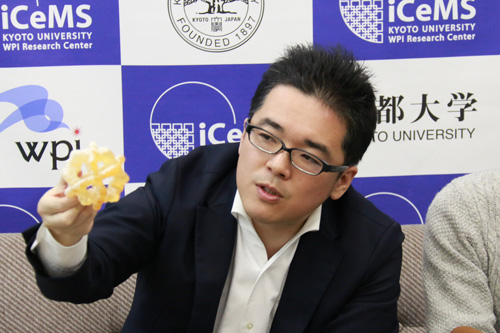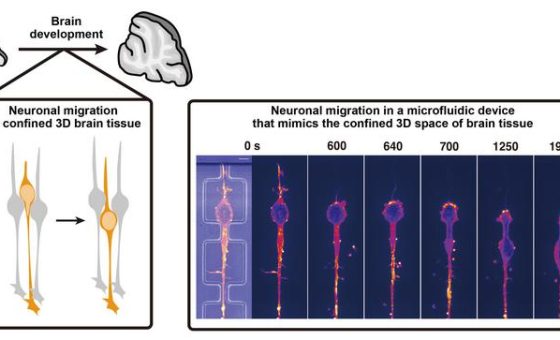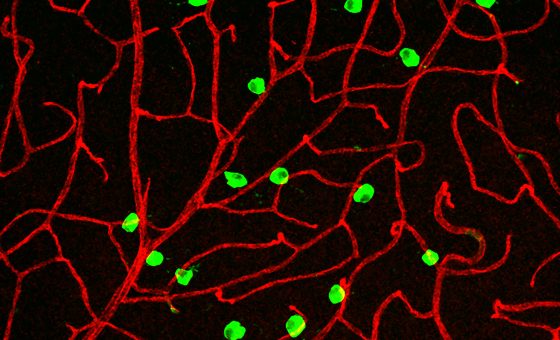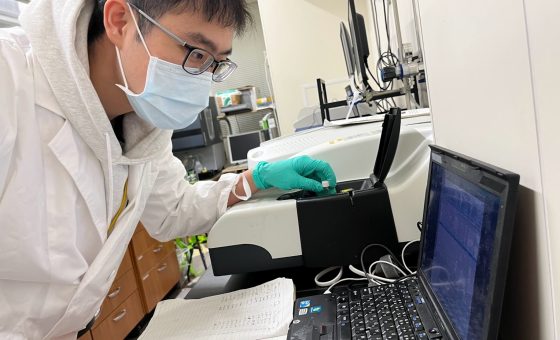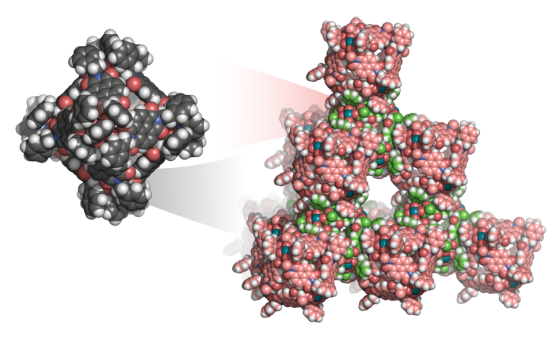One synthetic molecule, two doorways into cell
A synthetic ion channel provides different-shaped paths into a cell. This could offer insight into how these unique channels function in living organisms
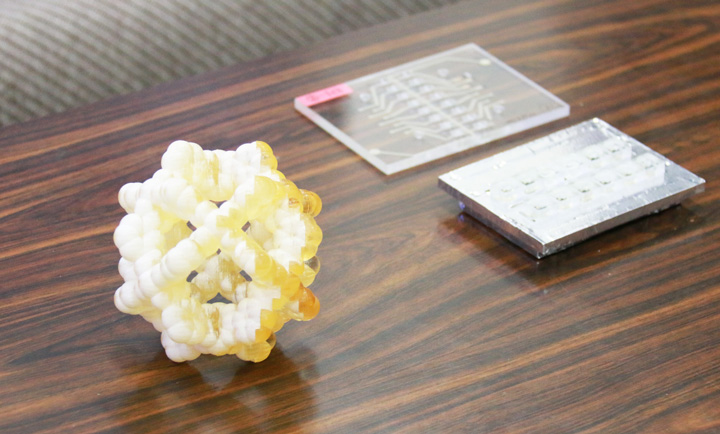
Shuhei Furukawa from iCeMS and colleagues in Japan synthesised polyhedral-shaped porous molecules that rotate in a double layer of lipids, exposing different-shaped openings. These openings allowed the molecule to conduct ions from one side of the artificial lipid membrane to the other in two distinct ways.
This research was published online on March 9, 2017 in Chem
Further details are available at the following page:
Kyoto University | One synthetic molecule, two doorways into cell
